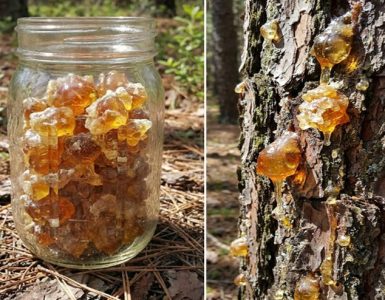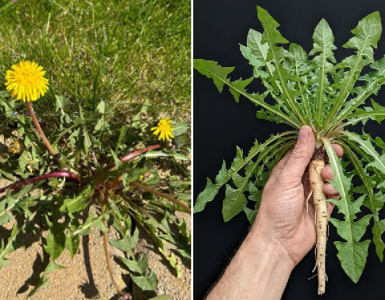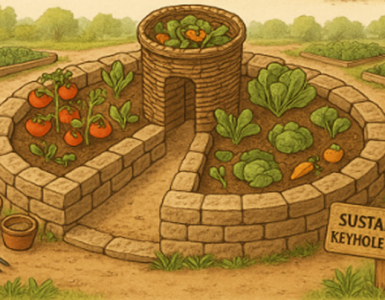Persimmons, with their sweet, tangy flavor and vibrant orange hue, are a delightful addition to any garden or home orchard. While many gardeners opt to purchase saplings from nurseries, growing persimmons from seeds can be a rewarding and cost-effective endeavor. In this guide, we’ll walk you through the steps to successfully grow persimmon fruit from seeds in containers, allowing you to enjoy the satisfaction of nurturing these delicious fruits from their earliest stages.
Choosing the Right Container:
Before delving into the process of growing persimmons from seeds, it’s essential to select the appropriate containers. Opt for large containers with drainage holes to ensure proper water drainage and root aeration. Additionally, consider using biodegradable pots made from materials like peat or paper, as they can be planted directly into the soil when the seedlings are ready for transplanting, reducing transplant shock.
Selecting Quality Seeds:
When selecting persimmon seeds for planting, choose fresh seeds from ripe fruits. Look for fruits that are fully mature and have a firm texture. Extract the seeds from the fruit and rinse them thoroughly to remove any pulp or residue. Allow the seeds to air dry for a day or two before planting to prevent mold or fungal growth.
Planting Persimmon Seeds:
Fill your chosen containers with a well-draining potting mix, preferably one designed for fruit trees or seed starting. Moisten the soil before planting to ensure proper seed germination. Plant the persimmon seeds about an inch deep in the soil, spacing them evenly apart. Lightly cover the seeds with soil and gently pat it down to ensure good soil-to-seed contact.
Providing Optimal Growing Conditions:
Place the containers in a sunny location where the persimmon seedlings will receive at least six to eight hours of sunlight per day. Maintain consistent moisture levels in the soil, keeping it evenly moist but not waterlogged. Avoid overwatering, as this can lead to root rot and other fungal diseases. Consider using a moisture meter to monitor soil moisture levels accurately.
Transplanting Seedlings:
As the persimmon seedlings grow, they will eventually outgrow their containers and require transplanting into larger pots or into the ground. Wait until the seedlings have developed several sets of true leaves before transplanting to ensure they are robust enough to handle the transition. When transplanting, handle the seedlings carefully to avoid damaging the delicate roots.
Caring for Young Persimmon Trees:
Once transplanted, continue to provide optimal growing conditions for your young persimmon trees. Water them regularly, especially during hot, dry weather, and fertilize them with a balanced, organic fertilizer formulated for fruit trees. Prune the seedlings as needed to promote healthy growth and shape the tree’s structure.
Patience and Persistence:
Growing persimmon fruit from seeds requires patience and persistence, as it can take several years for the trees to reach maturity and produce fruit. However, with proper care and attention, your efforts will be rewarded with bountiful harvests of delicious persimmons for years to come.
Growing persimmon fruit from seeds in containers is a gratifying experience that allows you to witness the entire lifecycle of these remarkable fruit trees. By following the steps outlined in this guide and providing the necessary care and attention, you can cultivate healthy persimmon trees that will delight you with their luscious fruits season after season. So roll up your sleeves, grab your gardening gloves, and embark on the journey of growing persimmons from seeds—it’s a rewarding adventure you won’t soon forget.






Add comment